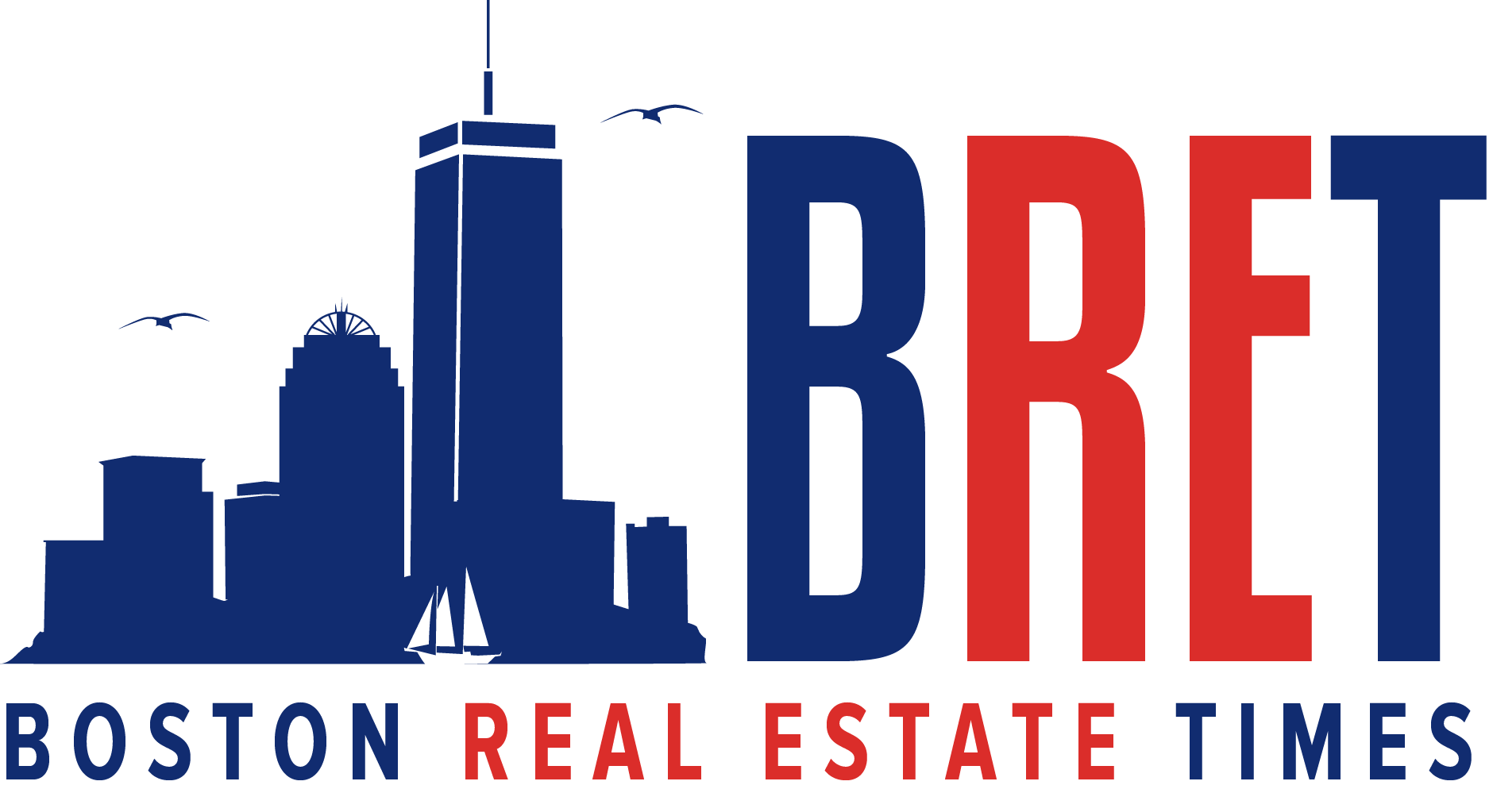Boston– Cushman & Wakefield released its third quarter 2023 warehouse/distribution, office and life science statistics for Boston, showing an uptick in leasing activity in the industrial and life science markets and a rise in vacancy rates in the office market.“Despite a slowdown of preleasing in under construction and newly delivered assets, the Boston industrial market remains a beacon of resilience with a number of notable bright spots,” said Riley McMullan, Senior Manager, Boston Research. “Continued net occupancy gains and an uptick in demand reflect the market’s adaptability and reaffirms Boston as a vital hub for industrial activity.”The industrial market’s overall average asking rent experienced a 3.9% increase quarter-over-quarter (QOQ), surpassing the $15.00 per square foot (psf) NNN threshold for the first time. This growth can be attributed to a surplus of high-quality, new construction remaining on the market, with only 5.6% of the new warehouse/distribution product delivered year-to-date being preleased. Third quarter leasing activity totaled nearly 988,000 sf, an 11% increase from the second quarter, though still falling short of historical quarterly leasing averages. Many users opted to stay put as the market posted a 37.2% increase in renewal activity QOQ. Overall net absorption totaled more than 760,000 sf during the third quarter, a staggering increase of 86.9% QOQ.“Despite leasing activity remaining muted compared with recent historical averages, the life science sector in Boston saw an uptick in demand during the third quarter,” said Vice Chairman Connor Barnes, who leads the firm’s New England Life Sciences practice. “As the market continues to evolve, traditional hotspots and best-in-class assets remain attractive to tenants, with Cambridge leading the way.”The life science market saw a 31.2% uptick in leasing activity QOQ. Seven of the fifteen new deals inked during the quarter exceeded 20,000 square feet, compared to just three transactions in Q2. Overall vacancy increased by 250 basis points QOQ, reaching 16.9%. Cambridge maintained the market’s strongest fundamentals, boasting a sub-10% vacancy rate as the only one among the five major market clusters. Traditional life science hotspots remained resilient, with East Cambridge leading the region with an average asking rent of $110.03 psf NNN. Mid Cambridge and Seaport were the only other two of Boston’s 19 submarkets to surpass the $100-psf mark, while the total market’s overall asking rent concluded the quarter at $87.48 psf.“The office market continues to face unique challenges as vacancy rates continue to rise,” added McMullan. “However, as we adapt to evolving workplace dynamics, we are still seeing a good amount of activity in both downtown and suburban markets.”In the office market, overall vacancy jumped 120 basis points QOQ to 15.6% in the third quarter, the sharpest quarterly increase in the current economic cycle. This growth can mainly be attributed to the downtown submarkets where vacancy rose a sharp 260 bps to 18.4%, compared with a much milder 40 bps climb in the suburbs. Third quarter leasing activity across all submarkets totaled 1.2 million square feet (msf), a 29.9% decrease from last quarter. Year-to-date leasing activity stood at 4.4 million square feet, nearly evenly split between downtown and suburban submarkets. The Financial District dominated downtown leasing accounting for 61.5% of the total, while suburban leasing was widespread throughout the 128 and 495 Belts, with five out of the seven submarkets recording more than 200,000 sf of leasing activity year-to-date. Despite the overall market posting 2.6 million square feet of net absorption losses year-to-date, six submarkets recorded occupancy gains, led by 495 North (304,896 square feet) and Midtown/North Station (242,422 square feet).
Downtown Boston Office Vacancy Hits 18.4% as Warehouse and Life Science Leasing Remains Strong
- Advertisement -

















